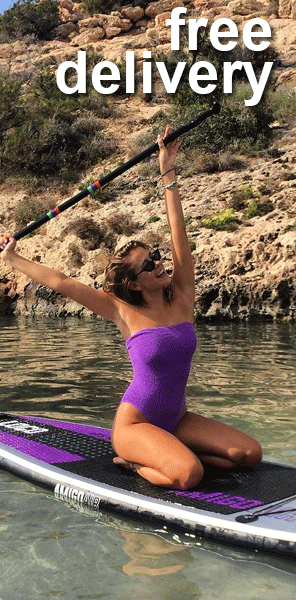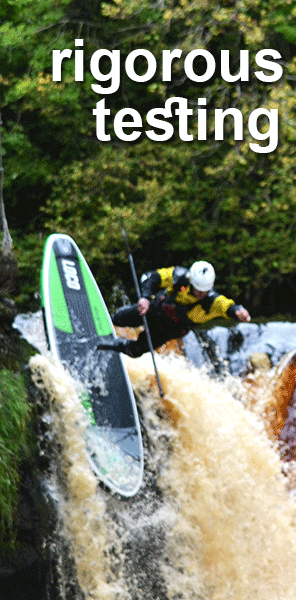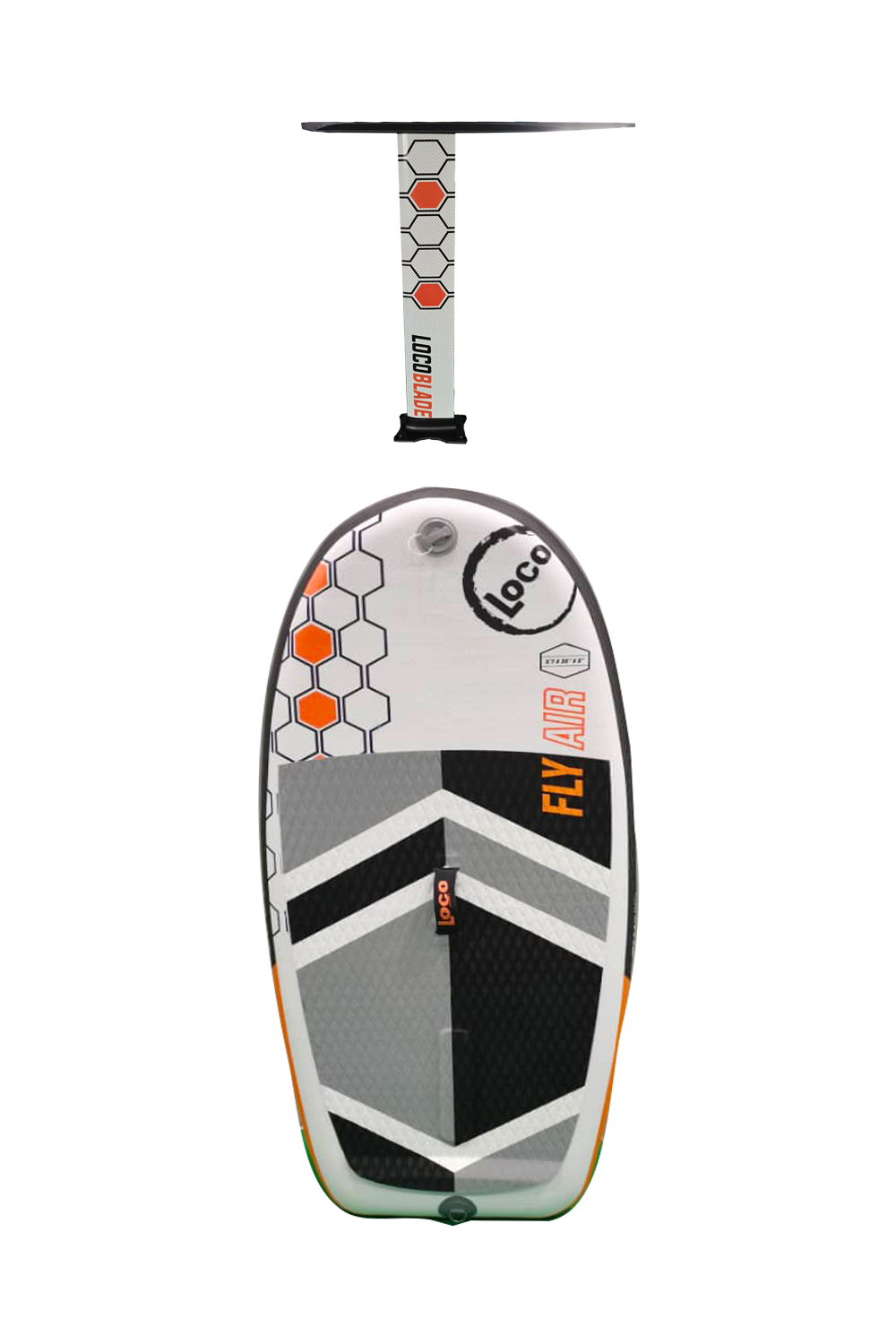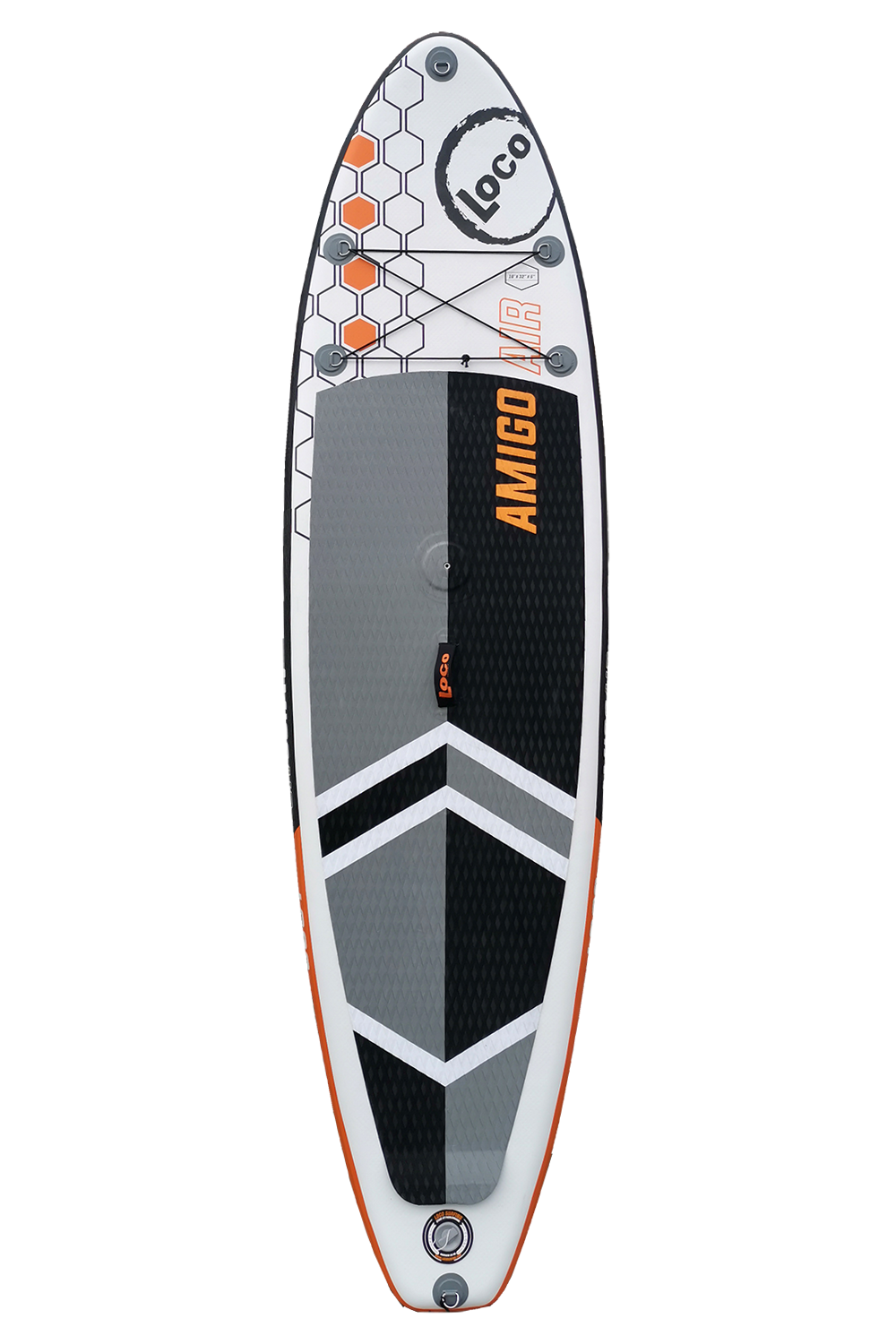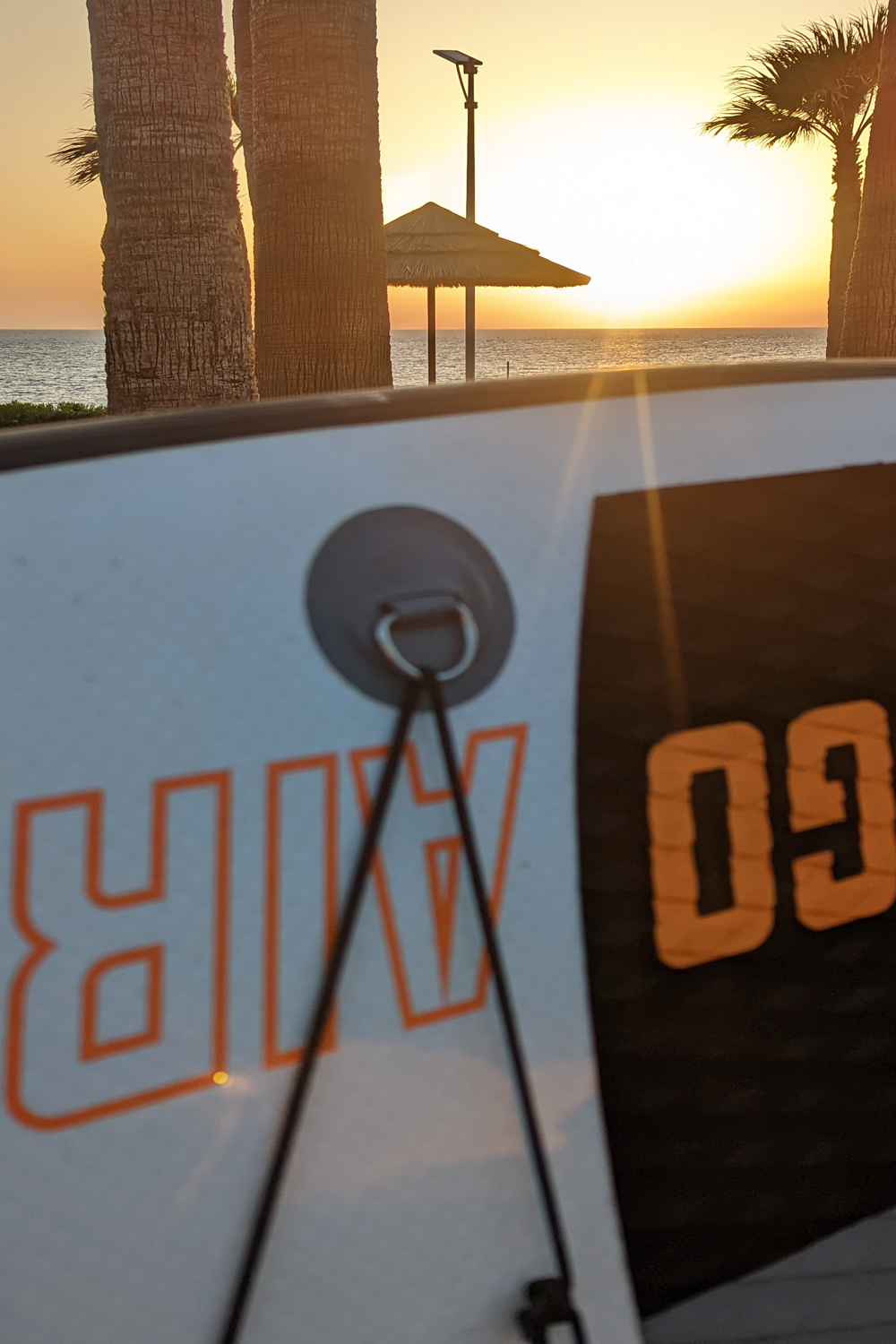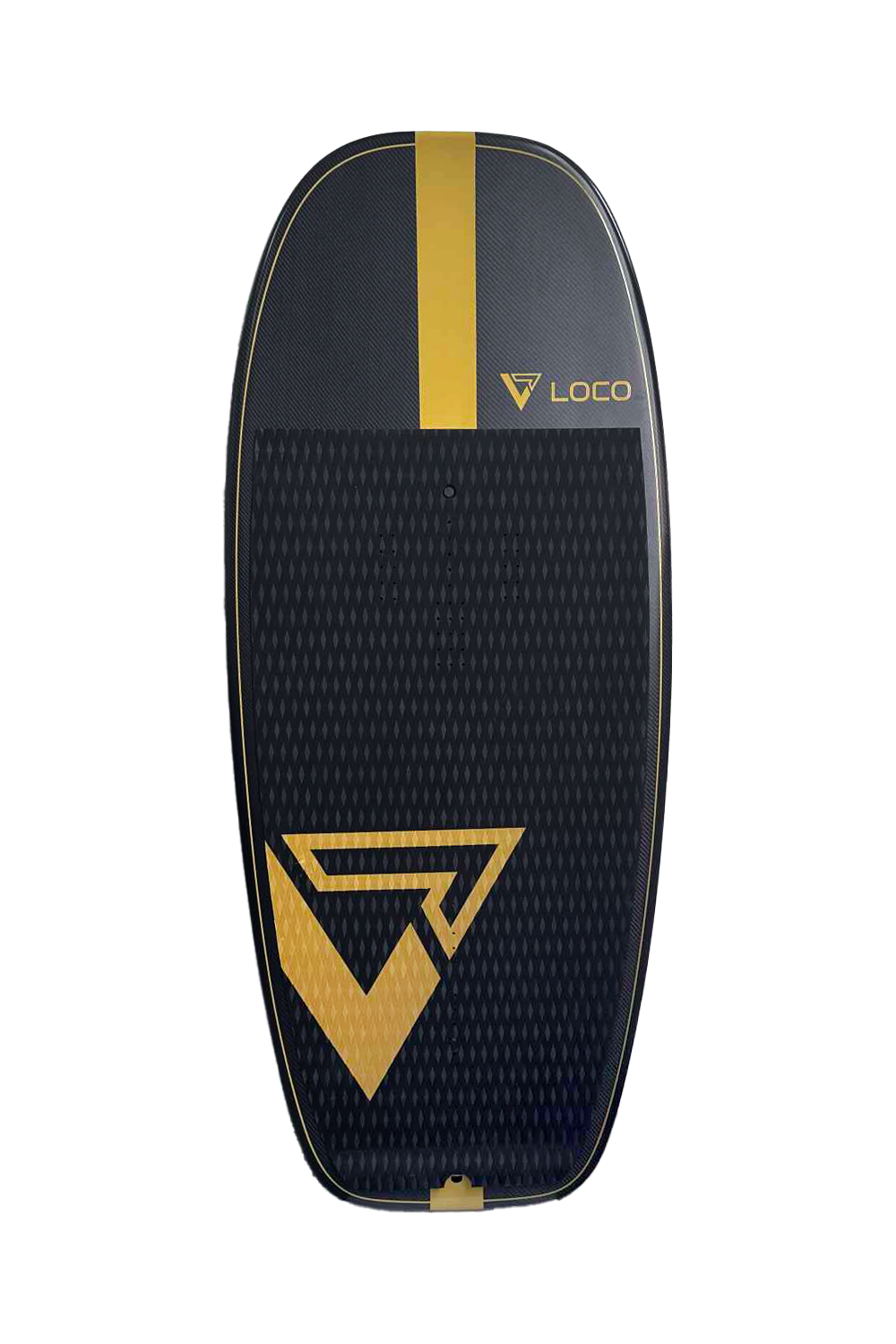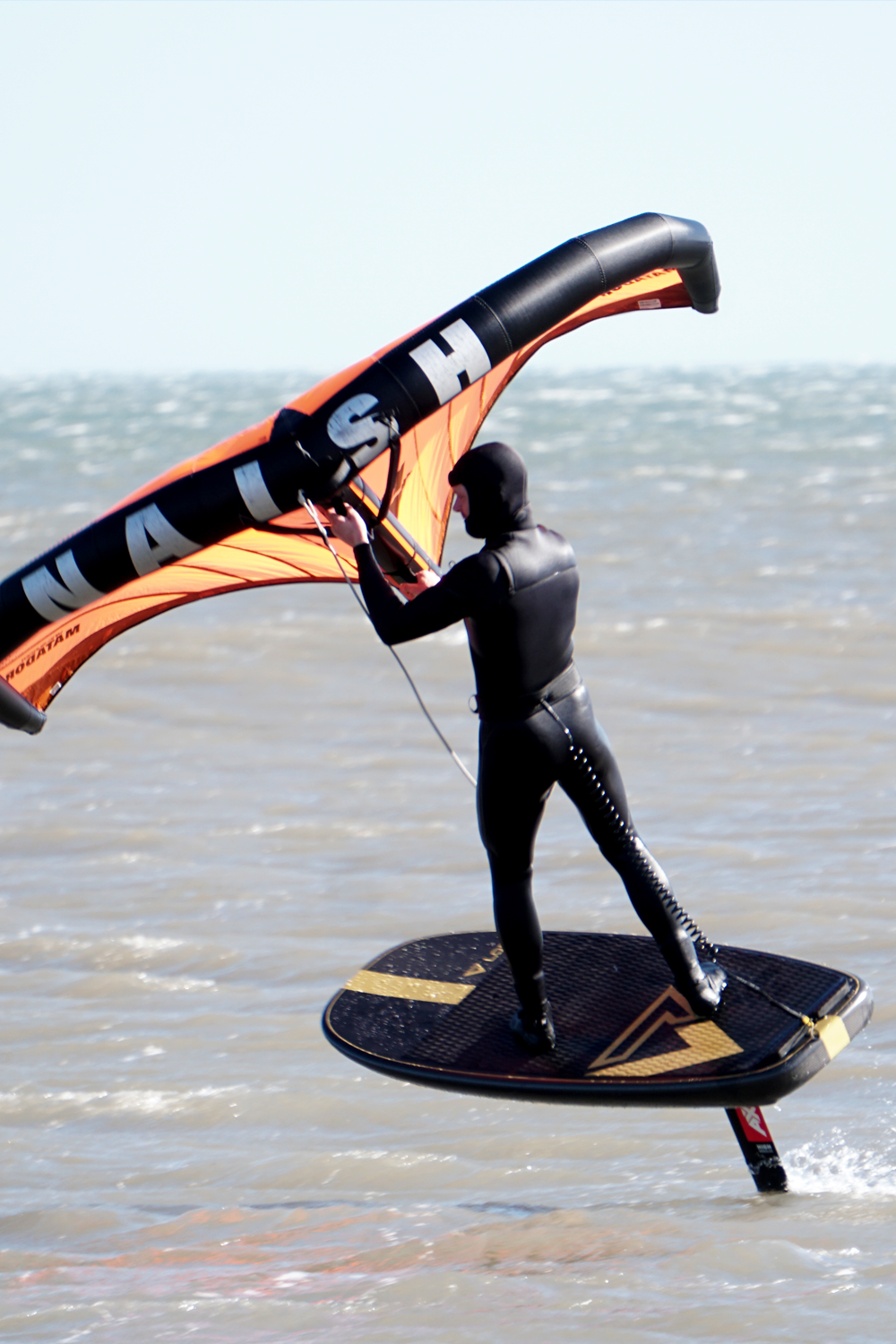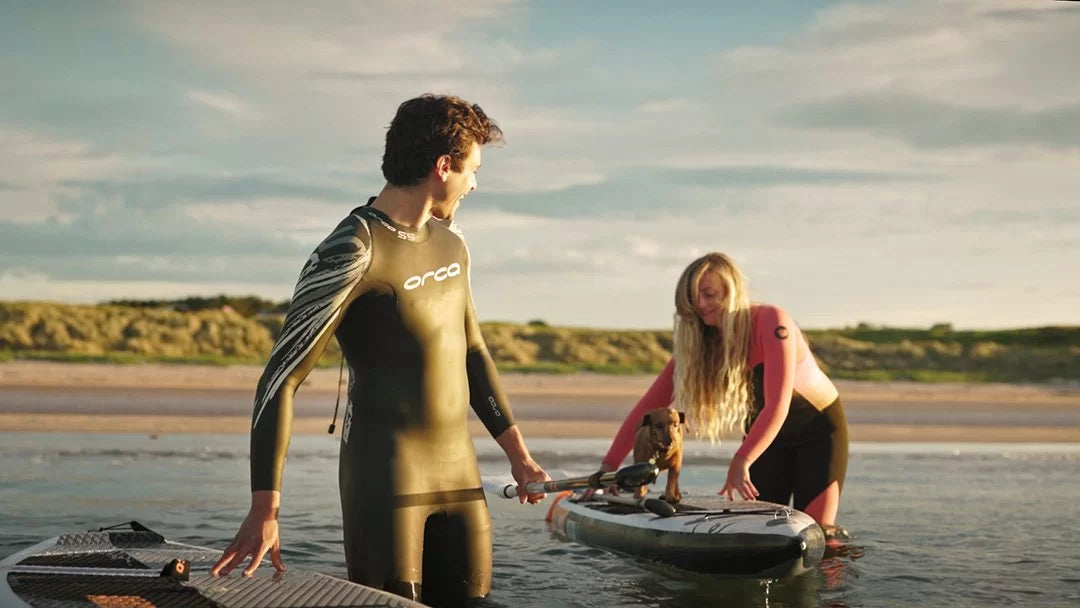
First Time Buyer
So you’ve tried stand up paddle boarding a couple of times and have now decided you want your own board but where do you begin with so many different resources telling you should buy x over y? If you’ve learned with a SUP school they’ll probably want to steer you towards an inflatable they taught you to paddle board on as they’ll have the option to drop-ship the same brand without having to commit to carrying any stock. It’s a great model for them but is it necessarily right for you?
Things To Consider:
- What kind of paddling are you looking to do and where?
- Do you have your own transport?
- How much storage space do you have at home/where you intend to keep the board?
- How much do you weigh? Did you find it easy when you tried it and were the conditions flat or choppy?
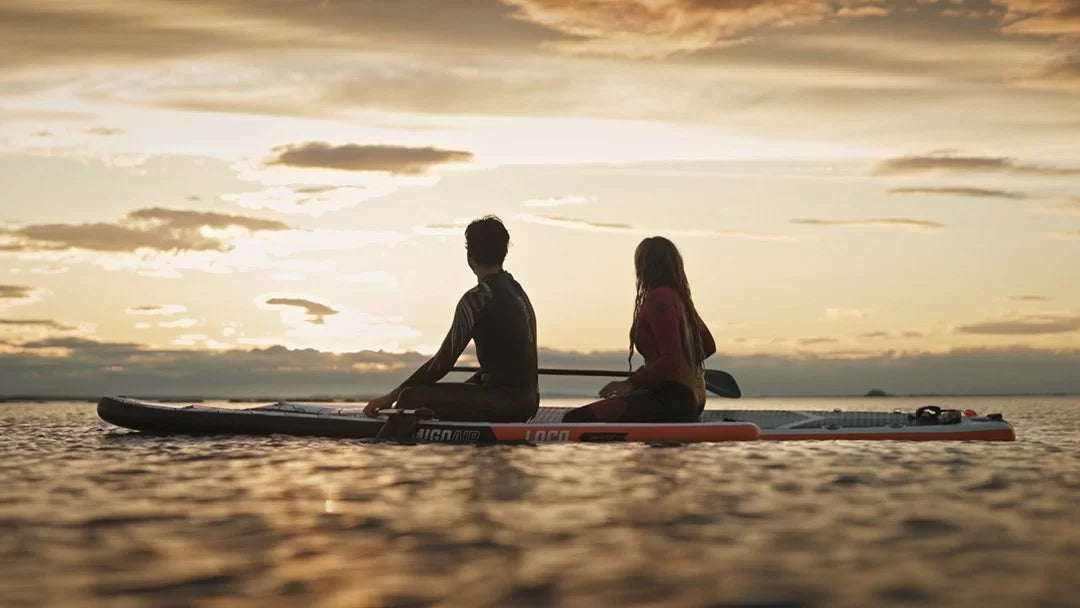
Generally speaking if you’re primarily looking to paddle recreationally on flat water as a first time buyer and aren’t too bothered about competitive racing or paddle surfing then an inflatable paddleboard (iSUP) will be suitable for most beginners. It then comes down to choosing the right one for your size and intended use. Smaller riders want something 30-32” wide and 9-10’ long and for bigger riders 32-34” wide and 10’5’-11’6 long are good benchmarks. Not many people realise it but it’s actually a lot easier and cheaper to make a 6” board than a 4.75/5” thick board that’s why many budget boards are 6” thick. Generally thicker boards have less feel, give you a false impression of ability, drift much quicker in the wind, and are nigh impossible to pivot turn for lighter riders. The main advantages of iSUPs are they’re easy to transport, store (as everything fits in one bag) and the rails are harder to damage. Inflatable boards have found favour with families and those living it cities without transport or sufficient storage for a hard board. They are often a great place to start your paddling journey but as with everything you get what you pay for. You can buy an ‘eBay or Amazon special’ for less than £400 but these often fall apart, bend in the middle and come with the cheapest accessories available in China which can hinder the learning process. These boards themselves are usually just poor copies of brands who’ve spent time and effort developing kit for years so the glide and control often feel nothing like the original product making the paddling experience less desirable. It’s worth spending a bit more to get a double skin board that will take more than 12psi. Other nice to haves include US centre fin boxes, fibreglass centre fins versus plastic, a quality ¾ deckpad, a premium bag and a 3pc fibreglass paddle. Some brands also offer a windsurfing option which can be a great bolt on if you’re looking to learn how to sail without having to buy two boards. Avoid kayak seats they’re just a gimmick, the idea is to stand up and paddle NOT sit down right. Military grade PVC is another marketing phrase some like to push. It is strong but it’s also much heavier and unnecessary unless you’re running a SUP school with really careless clients or have a poor paddling location, like Bosnia.
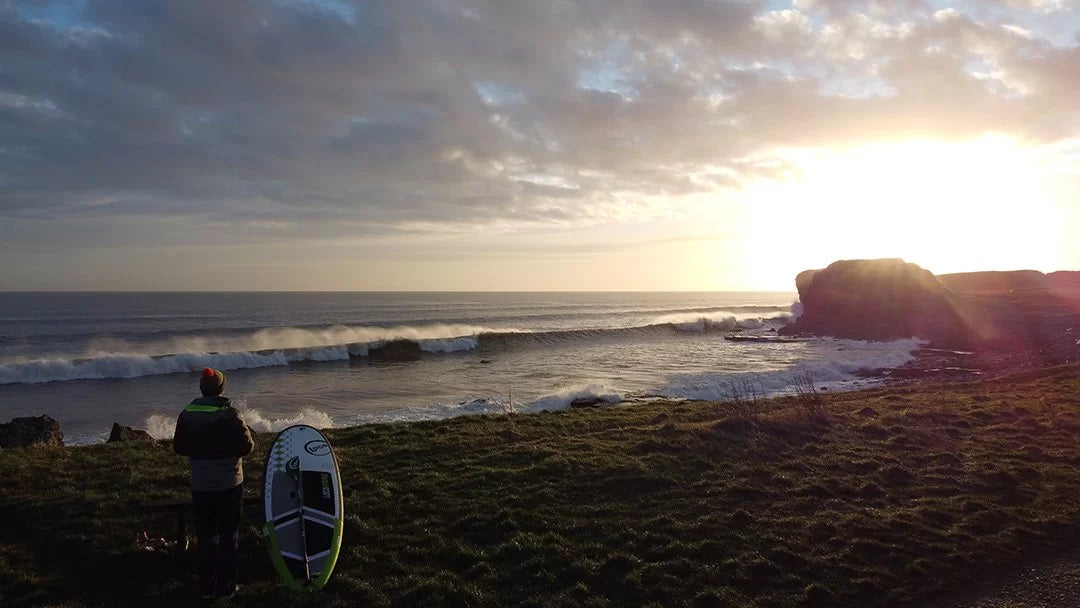
If you come from a water sports background you’ll probably be quite sceptical about iSUPs, seeing them as purely recreational and to a certain extent you’ll be right. Even with hard fins and our industry-leading hard edge technology an iSUP will never surf or race as well as a composite board, this much we know. So if you do have the storage space, don’t mind driving around with a roof rack on or slinging a 9-11’ board in the back of your van then a hard all-round SUP could be your perfect SUP partner. The main differences you’ll notice between hard and inflatable paddle boards are as follows. A hard board will feel more sure footed, you don’t get ‘that bounce’ as you sit in rather than on the water. A hard board doesn’t drift in wind as quickly and it tracks (goes in a straight line) better when paddling. When surfing the hard edge in the tail section of the rail bites into the wave which means you can turn much more efficiently and you get improved feedback through your feet. The main drawbacks are you need to be more careful as fibreglass will soon ding if dropped on concrete or if you run into something hard in the water e.g. rocks or a jetty. You also need to be more careful with your stroke as paint will soon chip off the rails if repeatedly whacked with a paddle blade. That said rail saver tape is a great invention and will protect your board from careless technique and minor collisions and also protect your board’s good looks to retain the maximum amount of resale value when you graduate to a more progressive shape. In terms of sizing your first hard board similar rules apply but it’s worth remembering a wider board is harder to turn in the surf and that you’ll probably keep this board for longer before adding to your quiver than you might with an inflatable. Generally speaking 8’6-9’5 long and 29-31” is a good width for lighter riders and ladies with 9’-11’6’’ long and 30-33” wide being good for heavier riders and those looking for a family board which riders of different weights will be using. Apart from the rail savers you’ll need a leash the same length of longer than the board and a bag is often a good idea to keep your board protected especially if carrying on roof bars.
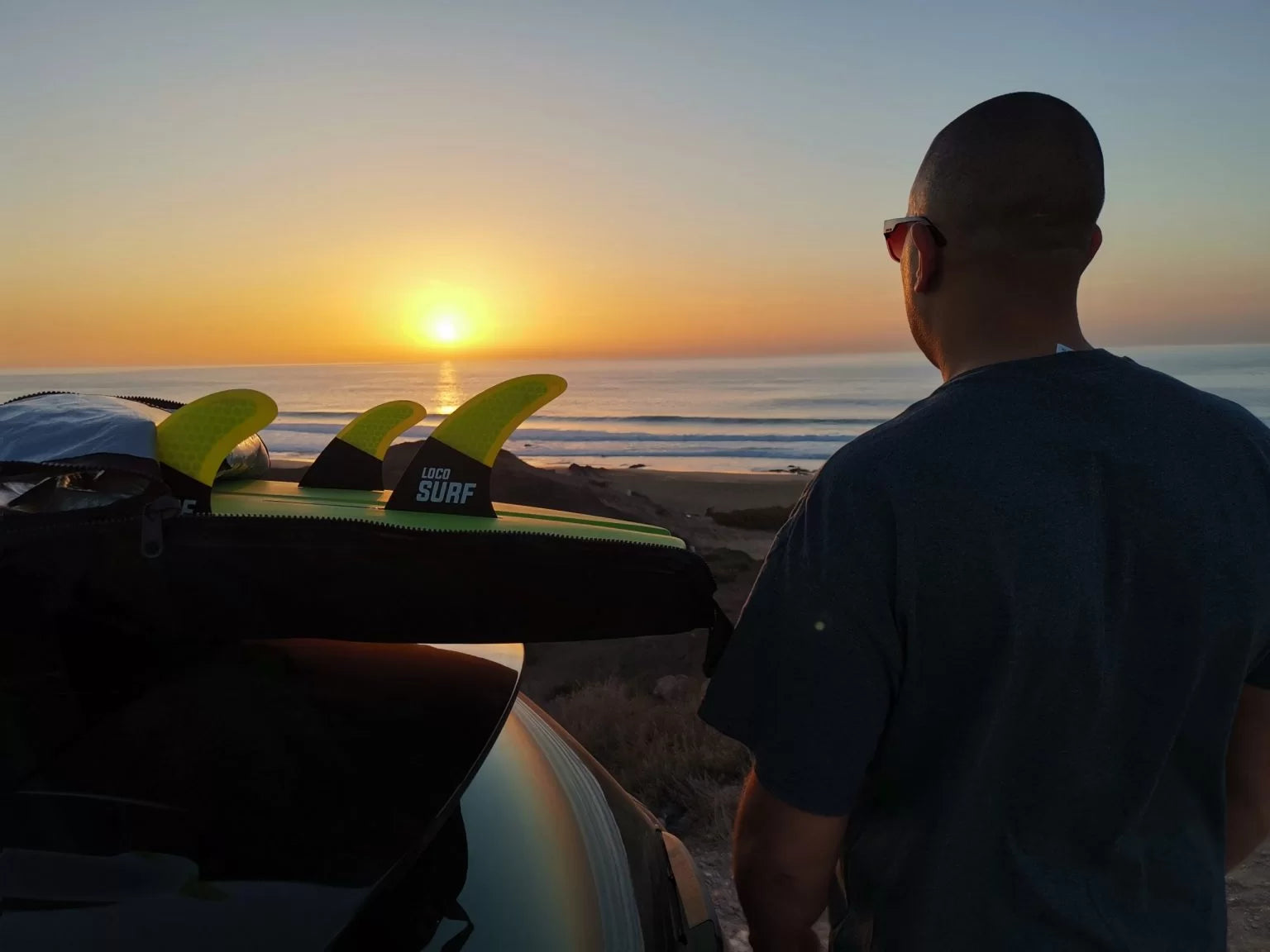
So you’ve got your hard or inflatable board but perhaps the most important part of any beginner set up is the paddle which is effectively your engine. Cutting corners here should be a big no no as buying a really cheap or heavy one won’t do much for your enjoyment and in some cases can actually contribute to injury. As a first time buyer you need to be particularly careful when buying iSUP packages as many brands (including some of the expensive ones that should know better) often bundle a cheap paddle to hit a price point so you end up with a nicely branded plastic or aluminium paddle that either sinks or the grip comes off after 5 sessions or it warps out of shape. We recommend a 3pc fibreglass adjustable as a minimum requirement as they’ll be light allowing you to paddle for longer, the height can be easily changed until you find your sweet spot and they’re easy to pack down and take in one bag with your iSUP.
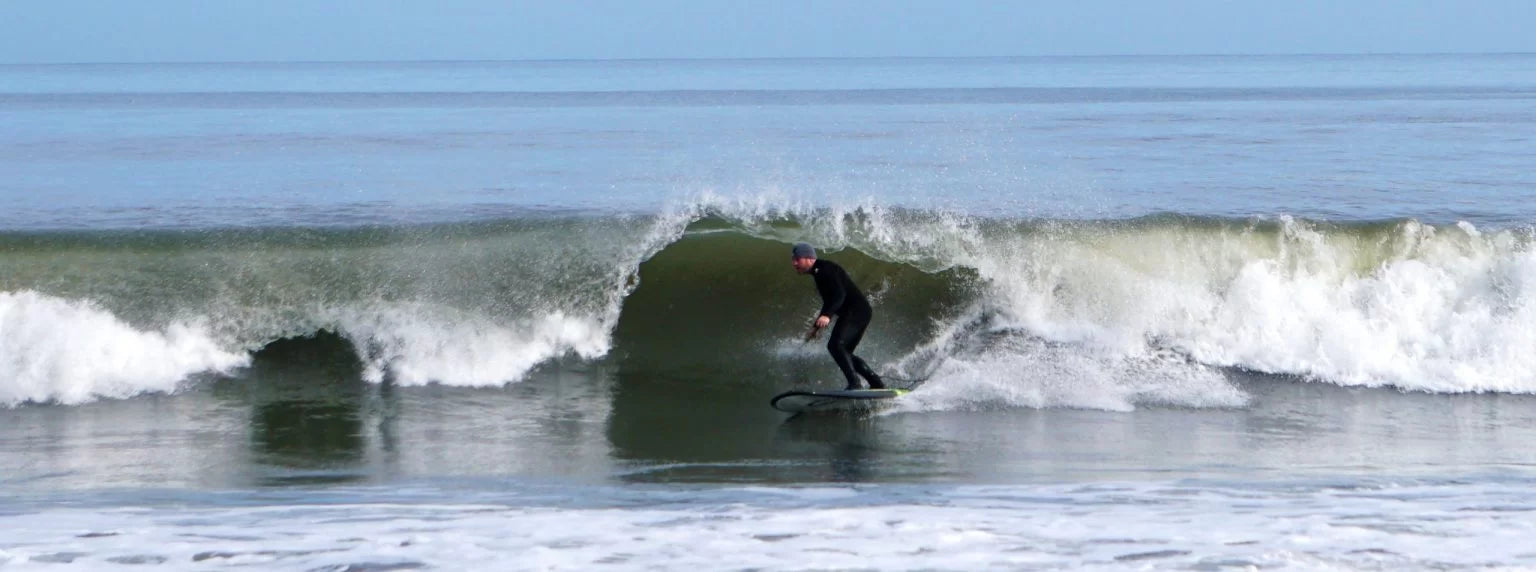
There really isn’t a strong case for using a 3pc paddle for those buying hard boards as you already have the storage and transport cons covered so you might as well opt for extra performance (or less joins). So the main decisions you have to make are construction and fixed versus adjustable. For most beginners a 100% fibreglass or fibreglass shaft carbon, blade adjustable SUP paddle is perfectly fine but if you’re heavier guy looking to paddle surf then we’d recommend a fixed 50-100% carbon paddle or 100% carbon adjustable to avoid any problems. If you have the budget to buy a carbon paddle it’s definitely worth having one as the paddle will often outlast your board many times over. Again there are lots of cheap Chinese copies many brands simply logo up to hit a price point. These are usually heavy or the shaft walls are paper thin and are prone to snapping. We’ve tried these in the past and it really is false economy so unless you’re paying £200+ for a 100% carbon paddle you might run into problems.
In an ideal world you’d get to demo every bit of SUP kit you lust after on the internet but this just isn’t possible in reality. Just do your homework, look for impartial reviews (not the made up online ones, actual SUP magazines) ask about the brand on a SUP forum or social media group and see what people’s experiences. Check out their website to see your chosen board or paddle in action or even their Instagram feed. It’s also worth ringing them up and discussing your needs, you’ll soon find out who knows their stuff.
Whichever brand you go for support UK brands like Loco who invest in the sport and put paddling experience before margin. If you have any feedback regarding our First Time Buyer Guide or an other posts we always love to hear from our readers so please feel free to comment. Similarly if you feel like this post has helped you feel free to share it with your friends.
